Archives
- 2018-07
- 2018-10
- 2018-11
- 2019-04
- 2019-05
- 2019-06
- 2019-07
- 2019-08
- 2019-09
- 2019-10
- 2019-11
- 2019-12
- 2020-01
- 2020-02
- 2020-03
- 2020-04
- 2020-05
- 2020-06
- 2020-07
- 2020-08
- 2020-09
- 2020-10
- 2020-11
- 2020-12
- 2021-01
- 2021-02
- 2021-03
- 2021-04
- 2021-05
- 2021-06
- 2021-07
- 2021-08
- 2021-09
- 2021-10
- 2021-11
- 2021-12
- 2022-01
- 2022-02
- 2022-03
- 2022-04
- 2022-05
- 2022-06
- 2022-07
- 2022-08
- 2022-09
- 2022-10
- 2022-11
- 2022-12
- 2023-01
- 2023-02
- 2023-03
- 2023-04
- 2023-05
- 2023-06
- 2023-07
- 2023-08
- 2023-09
- 2023-10
- 2023-11
- 2023-12
- 2024-01
- 2024-02
- 2024-03
- 2024-04
- 2024-05
- 2024-06
- 2024-07
- 2024-08
- 2024-09
- 2024-10
- 2024-11
- 2024-12
- 2025-01
- 2025-02
- 2025-03
-
VU 0155069 br Author contributions br Acknowledgments TJC
2025-01-26

Author contributions Acknowledgments TJC, KW, and VG are supported by awards made to MJN: a Consolidator Grant from the European Research Council under Grant no. 311336; a University Research Fellowship from the Royal Society, and a Career Development Award from the Human Frontiers Science Pro
-
Oocytes from the African clawed frog
2025-01-26
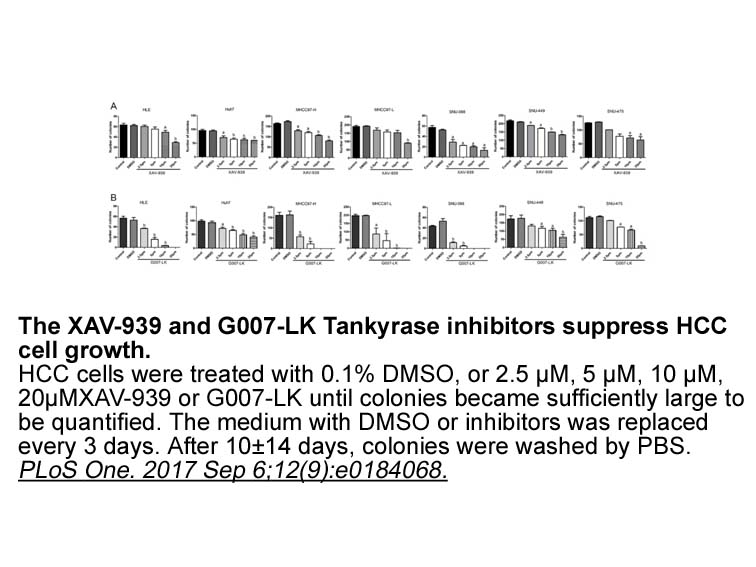
Oocytes from the African clawed frog Xenopus laevis have been widely used as an expression system to study the modulation of NMDA receptors by metabotropic receptors, such as metabotropic glutamate receptors [12], μ opioid receptors [13], insulin receptors [14] and serotonin receptors [15]. No data
-
The mitochondrial protein AIF was
2025-01-26
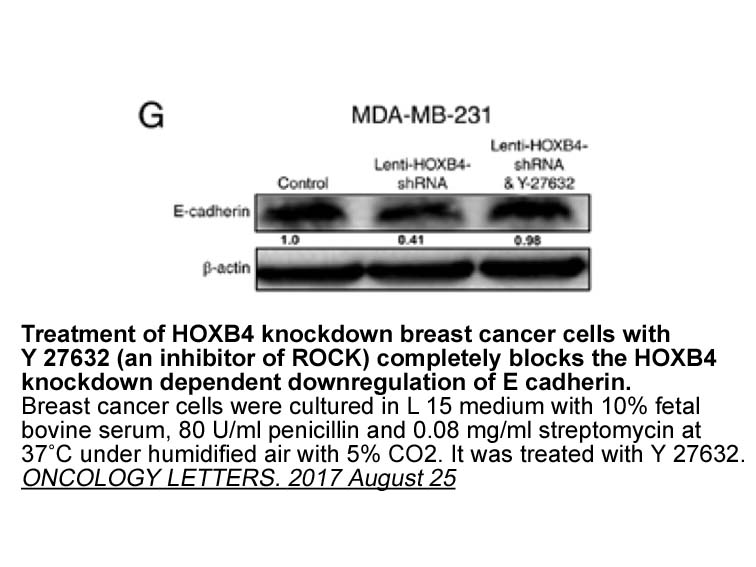
The mitochondrial protein AIF was the first caspase-independent death effector. AIF can induce caspase-independent chromatin condensation and large-scale DNA fragmentation to approximately 50 KB. AIF that is released to cytoplasm can mediate apoptosis when special extracellular signals trigger the o
-
Wound healing without blastema formation causes partial rest
2025-01-26
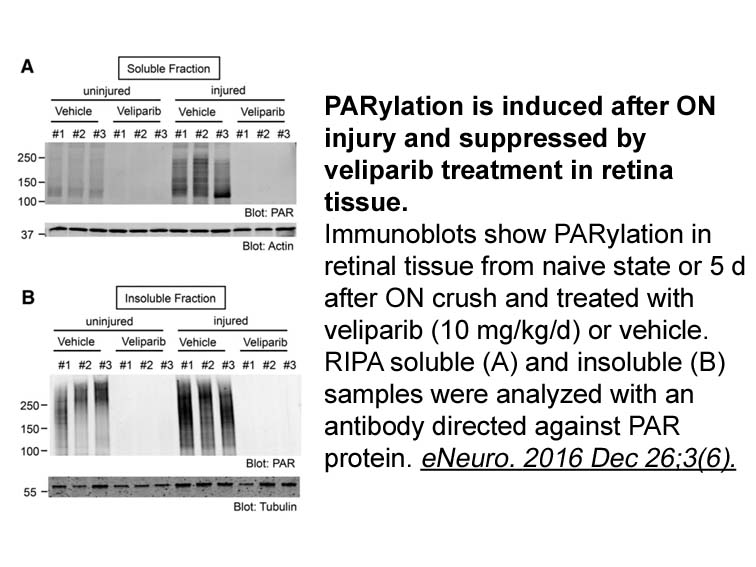
Wound healing without blastema formation causes partial restoration of lost tissue, and gives rise to fibrotic scars. Healing by fibrotic scarring rather than by regeneration leads to tissue dysfunction, and can place a huge burden for the health of the animal [4]. Therefore, understanding the molec
-
br Mechanism of action In general
2025-01-24
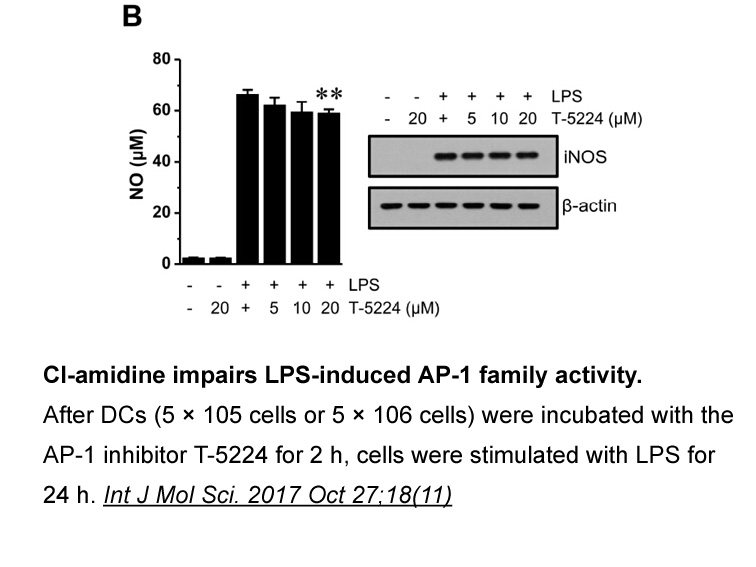
Mechanism of action In general, the main targets for antifungal drug development are cell wall polymer (glucans, chitin, mannoproteins), cell membrane (especially ergosterol) biosynthesis, DNA and protein synthesis (topoisomerases, nucleases, elongation factors and myristoylation), and signal tra
-
Another class of AMPK regulator is peptidyl prolyl
2025-01-24

Another class of AMPK regulator is peptidyl-prolyl cis/trans isomerase (PPIase) NIMA-interacting 1 (Pin1), which binds to a number of proteins and regulates oncogenesis and metabolic diseases (Khanal et al., 2013; Zhou and Lu, 2016). Pin1 has been shown to bind to and inhibit AMPK; therefore, at lea
-
Perhaps the first evidence of AMPKs therapeutic
2025-01-24
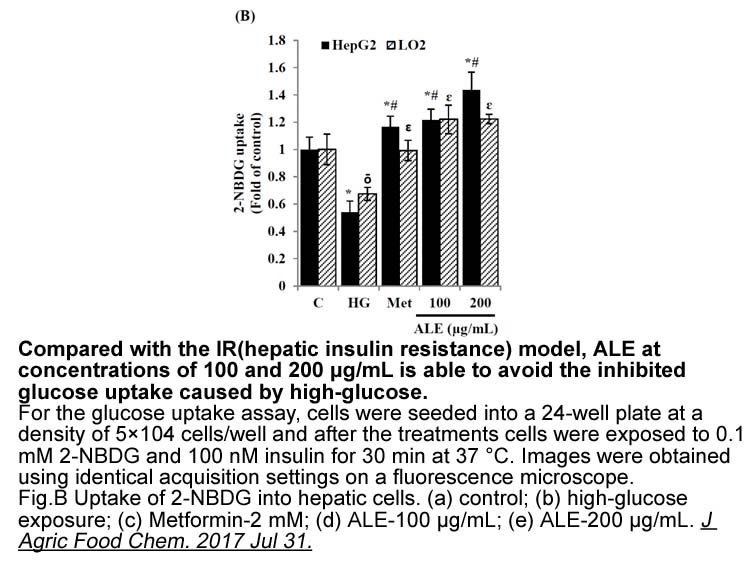
Perhaps the first evidence of AMPKs therapeutic ability in DM1 came from Thomas Cooper’s laboratory where they demonstrated that insulin-independent glucose uptake was unaffected in human DM1 muscle dihydrofolate reductase inhibitor treated with MET, an AMPK activator and first-line therapy for type
-
How do increased levels of ammonia as
2025-01-24
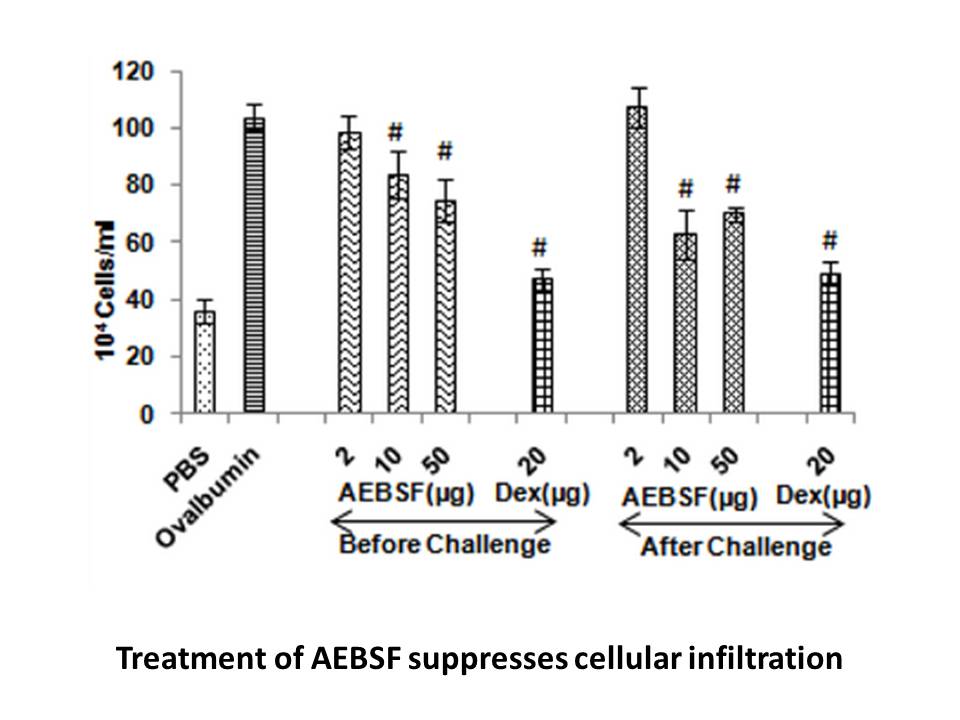
How do increased levels of ammonia as observed in clinical HE constrain synaptic plasticity? Numerous studies have investigated the modulation of signal transduction pathways activated in LTP or LTD irrespective of being necessary or sufficient for changes in synaptic efficacy (Wen et al., 2013). Ye
-
br Acknowledgements br Introduction Diabetic complications a
2025-01-24
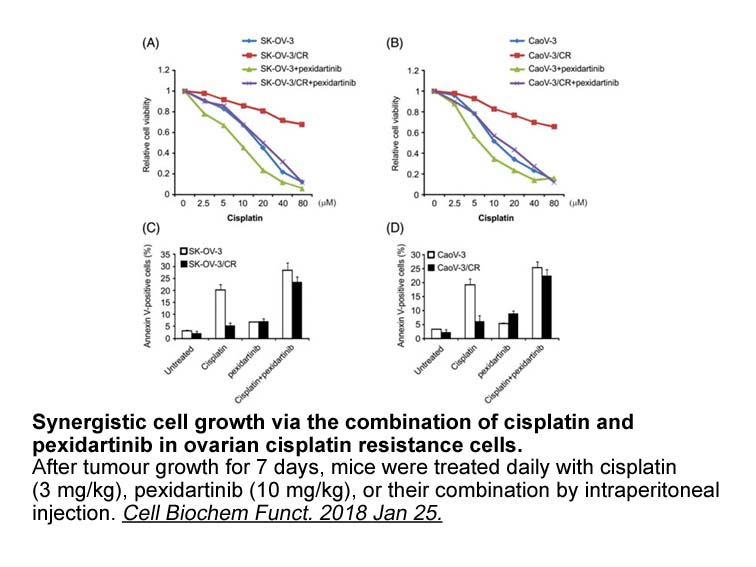
Acknowledgements Introduction Diabetic complications are responsible for increased morbidity and mortality of diabetic patients. Increased flow of PI-3065 mg through the polyol pathway under conditions of hyperglycemia contributes to the development of diabetic complications. Aldose reductase
-
br Does TIPARP contribute to the diverse species
2025-01-24
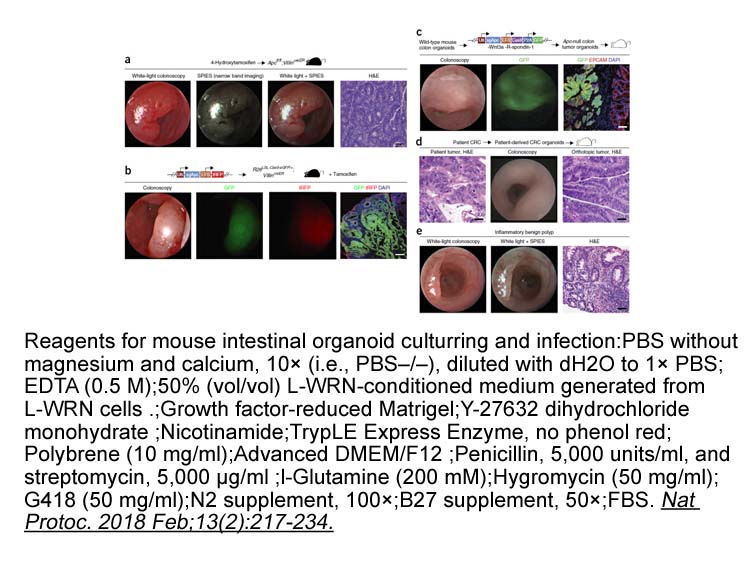
Does TIPARP contribute to the diverse species sensitivity to TCDD toxicity? In chick embryo hepatocytes TIPARP was reported to mediate the TCDD-dependent suppression of hepatic gluconeogenesis, by reducing cellular NAD+ levels and reducing PCK1 expression, suggesting that ADP-ribosylation enhance
-
Mt a known to be
2025-01-24

Mt2a, known to be upregulated by ozone (Inoue et al., 2008), was also increased in vehicle-pretreated rats exposed to ozone, however, this effect was markedly reduced by both PROP and MIFE, suggesting that the neuroendocrine response is linked to ozone-induced acute phase protein expression. In huma
-
Silk which is a mixture of
2025-01-24
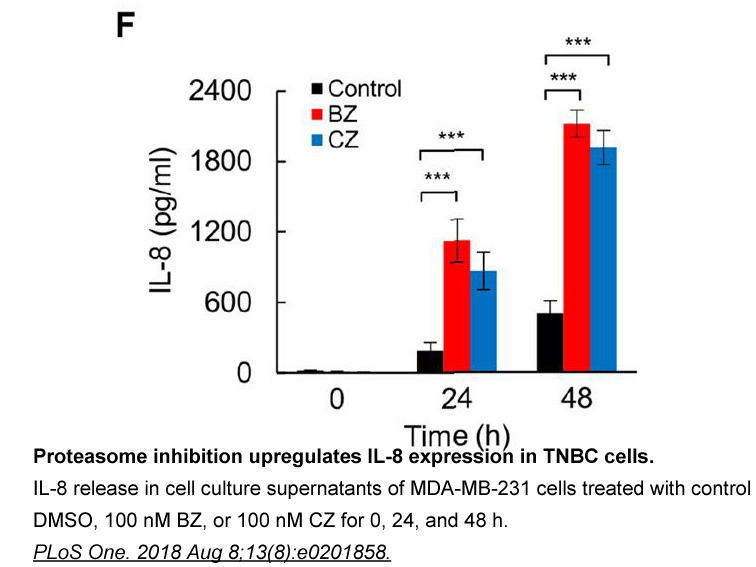
Silk, which is a mixture of mainly SF and sericin, has an extensive history in clinical application as a suture material. Unwanted immune reactions to silk sutures observed early on in their application were assigned to the presence of sericin. However, in vitro and in vivo evaluations of pure SF fi
-
Evaluation of plant growth Transgenic
2025-01-24
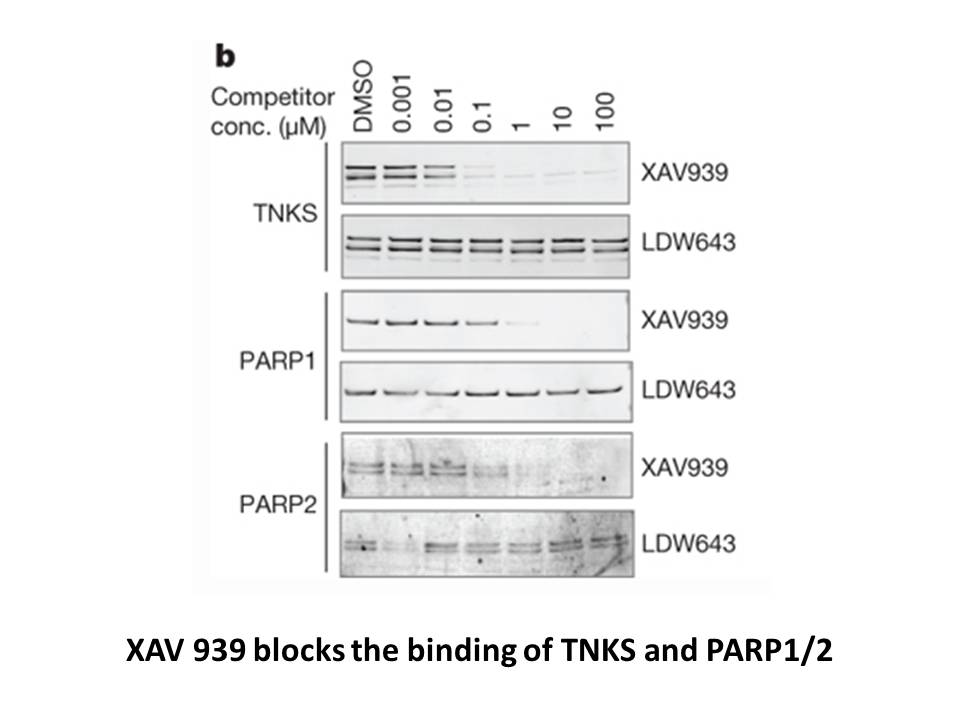
Evaluation of plant growth. Transgenic Arabidopsis plants were examined by microscope for alterations in cell size and shape. Overall plant architecture was also compared with control plants. Results and discussion Acknowledgments Introduction Mammalian ACK1 is a kinase effector for Cdc42
-
Phospholipases cleave membrane phospholipids from inflammato
2025-01-23
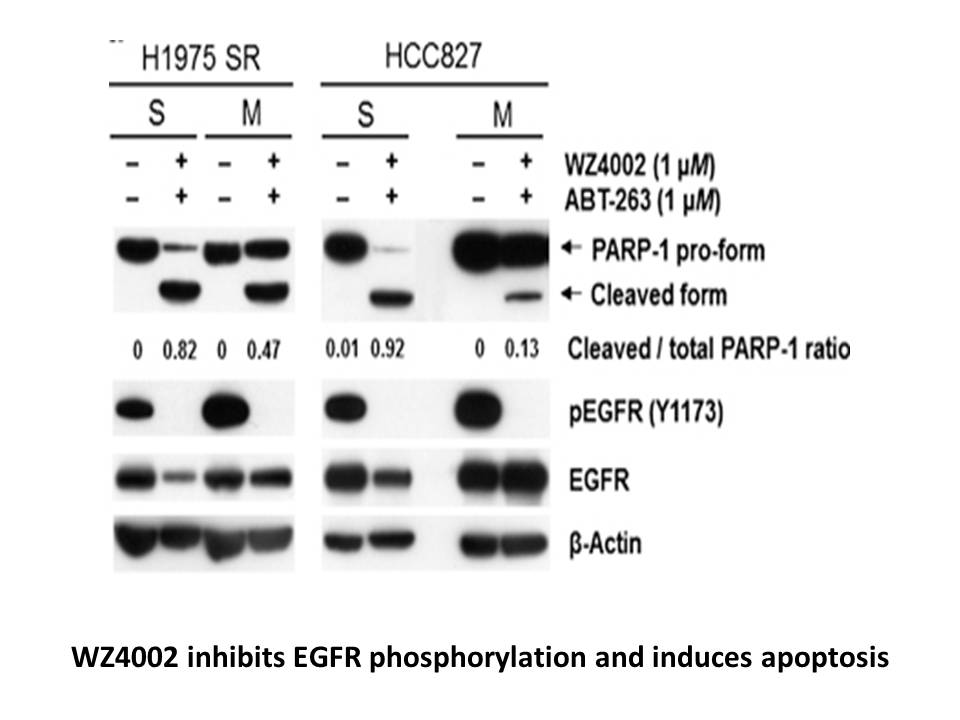
Phospholipases cleave membrane phospholipids from inflammatory cells, activated platelets, erythrocytes, adipocytes and cancer pkc pathway (Aoki et al., 2008, Neidlinger et al., 2006). Several reports have analysed the role of LPA and its receptors in the pathogenesis of RA. Zhao et al. reported t
-
At first the APC is a
2025-01-23
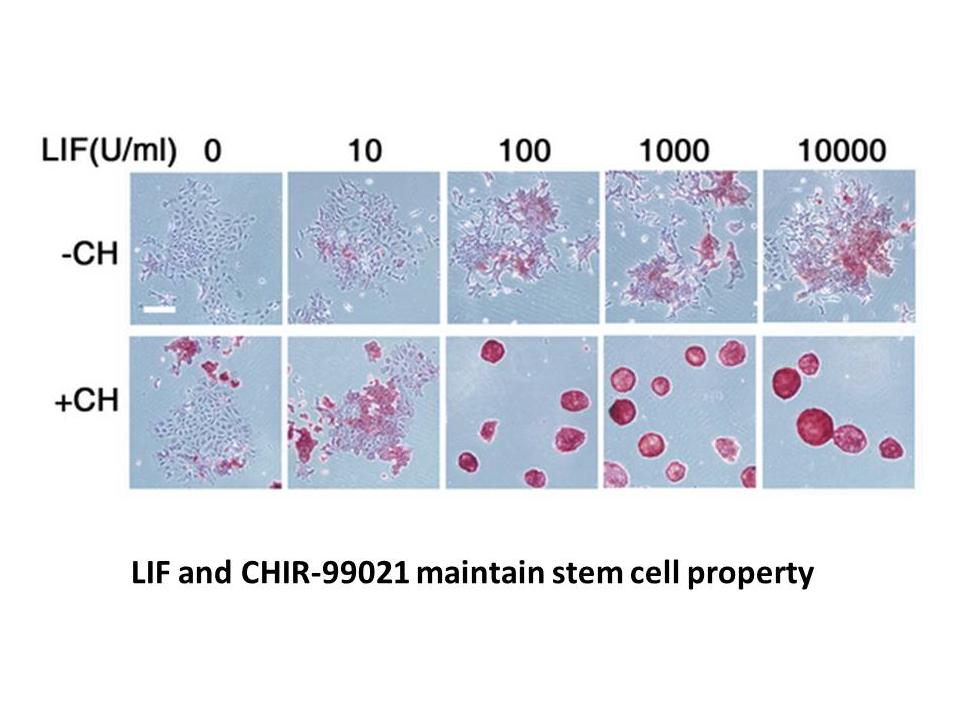
At first, the APC is a 310kDa protein divided into three domains such as N-terminal, central core and C-terminal domain [102], plays a major role to regulate the Wnt signaling pathway in human cancer by translating β-catenin from the Serdemetan to the nucleus [103]. The SIRT1 regulates the Wnt sign
15911 records 19/1061 page Previous Next First page 上5页 1617181920 下5页 Last page